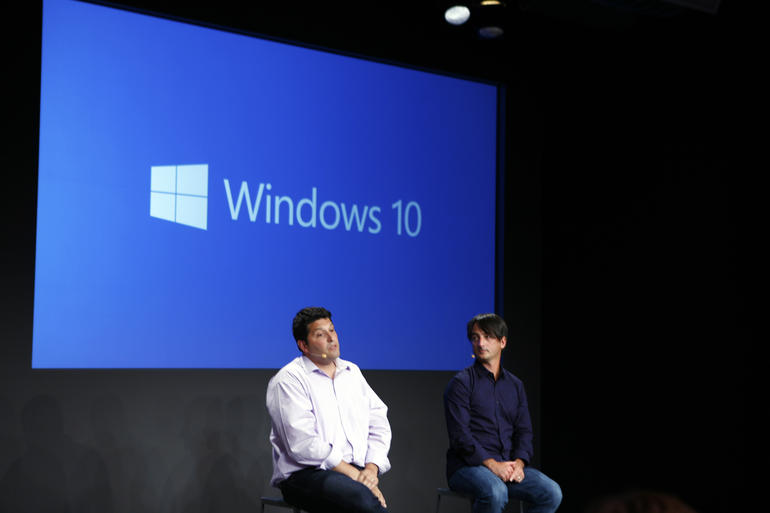Surprise! Microsoft Jumps to Windows 10
Forget Windows 9. In an unexpected twist, Microsoft will be going straight to double digits from Windows 8 as it faces a challenging future for its operating system.
SAN FRANCISCO — Microsoft just said no to 9. The follow-on to the current Windows 8 operating system will be known as Windows 10.
Originally codenamed Windows Threshold, the new operating system essentially does away with the dependency on the tiled “Metro” user interface that Microsoft had attempted to implement across its entire device line, from desktop PCs to Surface tablets and Windows Phone devices. In its place is a combination of the so-called live tiles, present in areas like the new Start Menu, and a more classic Windows experience that aims to please both touch and keyboard-and-mouse users.
Windows 10 is such a substantial leap, according to Microsoft’s executive VP of operating systems, Terry Myerson, that the company decided it would be best to skip over Windows 9, the widely expected name for the next version.
“Windows 10 will run on the broadest amount of devices. A tailored experience for each device,” Myerson said at a press event here Tuesday. “There will be one way to write a universal application, one store, one way for apps to be discovered purchased and updated across all of these devices.”
Microsoft has spent the better part of two years, since Windows 8‘s debut in October 2012, responding to criticism over the direction in which it took the operating system that has long dominated traditional PCs. Windows 8 introduced the touch-prioritized Metro design with live tiles and removed key elements of Windows 7, disrupting the familiar look and feel for long-time Windows users. The changes were representative of an overall acceleration of Microsoft’s unification of its touch-enabled mobile devices with its desktop and laptop software.
Those changes found many critics and detractors.
Windows 8.1, released last year, attempted to address those complaints with the revival of core Windows design and usage properties, such as the Start button. Now, with Windows 10, Microsoft is not quite hitting the reset button on touch, but wants to make sure it does not repeat history in its attempt to take Windows forward.
Click here to read the full article.

